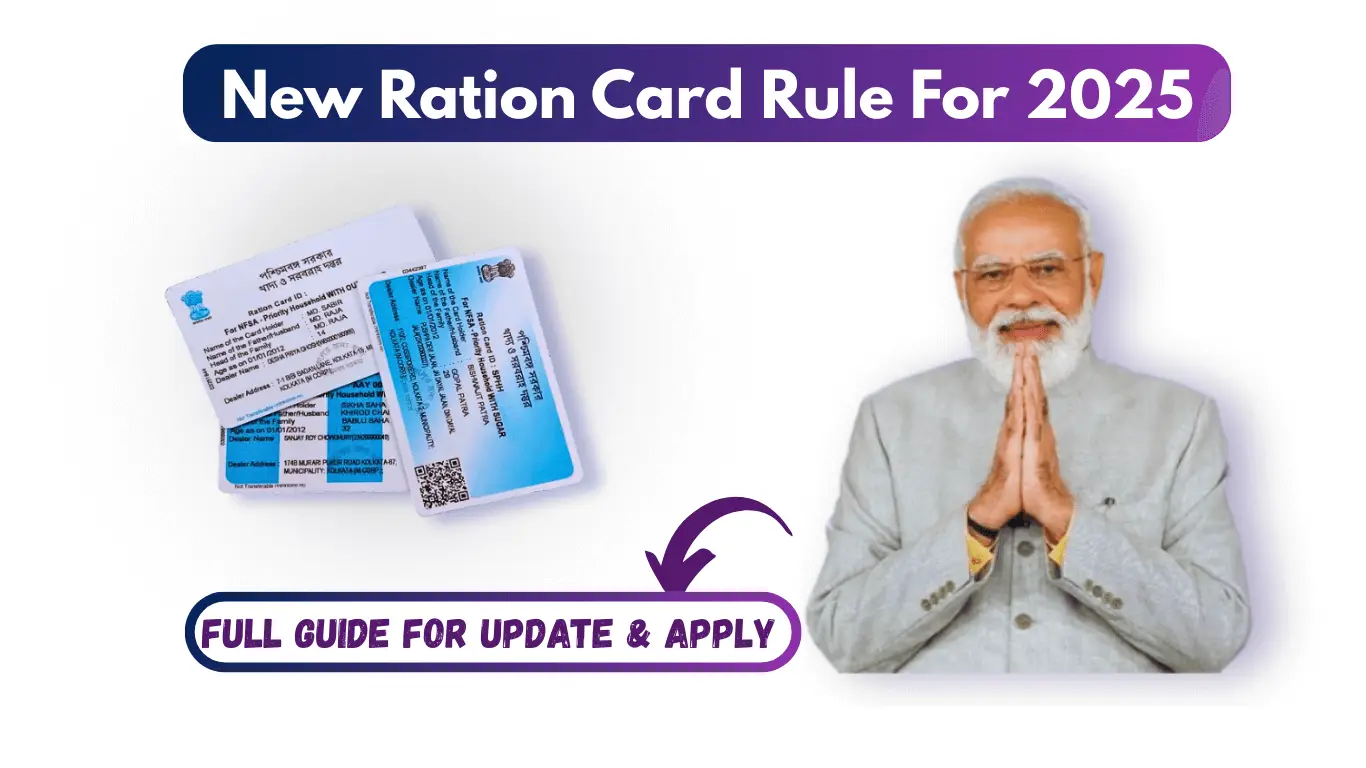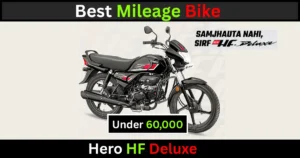The ration card system in India has undergone significant modernization in recent years, making it more accessible, transparent, and user-friendly than ever before. Whether you’re applying for a new card, transferring an existing one after relocation, or managing your family details, the updated 2025 system offers streamlined processes that save time and reduce bureaucratic hurdles. This comprehensive guide walks you through everything you need to know.
Essential Documents Required for Ration Card Application
Before beginning your application, ensure you have these crucial documents ready:
- Aadhaar Card: Now mandatory for all family members to be included on the ration card
- Address Verification: Current electricity bill, rental agreement, or property documents
- Identity Proof: Voter ID, PAN card, or driving license (in addition to Aadhaar)
- Income Documentation: Recent income certificate from appropriate authorities
- Photographs: Recent passport-sized photographs of all family members
- Banking Information: Account details for direct benefit transfers (recommended though not always mandatory)
Having these documents properly organized beforehand significantly speeds up the application process and reduces the likelihood of rejection.
Step-by-Step New Application Process
The digitization of the Public Distribution System has made applying for a ration card simpler than ever:
Online Application (Recommended Method)
- Navigate to your state’s official Food & Civil Supplies department website
- Locate and select the “Apply for New Ration Card” section
- Complete the digital form with accurate family information
- Upload scanned copies of all required documentation
- Submit your application and make note of the reference number
- Watch for confirmation via SMS or email
- Prepare for physical verification by local authorities (typically within 15-30 days)
Offline Application (For Special Cases Only)
While digital applications are now standard, offline options remain available for those unable to access online services:
- Visit your nearest ration office in person
- Obtain and complete the physical application form
- Submit all required documentation along with the completed form
- Collect your acknowledgment receipt
- Use the provided reference number to check your application status
Transferring Your Ration Card When Relocating
Mobility should never mean losing your benefits. The revised system offers straightforward transfer processes:
Moving Within Your State
- Access your state’s ration portal and select the “Transfer Ration Card” option
- Update your residential address and upload proof of the new location
- Verify your identity using Aadhaar-linked information
- Submit your transfer request
- Track the status online (typical processing time: 7-14 days)
Moving to a Different State
Thanks to the One Nation One Ration Card (ONORC) initiative, interstate transfers have become remarkably simple:
- Visit the ration portal of your new state of residence
- Use your Aadhaar-linked mobile number to retrieve your existing details
- Choose “Migrant Transfer under ONORC”
- Provide your current address and complete biometric verification
- Receive your new digital ration card upon approval (typically within 10-20 days)
Transfer Situations and Requirements
| Scenario | Portal | Documentation Needed | Processing Timeline | Special Notes |
|---|---|---|---|---|
| Within State | Original state portal | Address change proof | 7-14 days | Straightforward process |
| Between States | New state portal | Aadhaar + residence verification | 10-20 days | Available only in ONORC-participating states |
| Urban to Rural | State portal | Aadhaar + Gram Panchayat NOC | 10 days | Requires local verification |
| Rural to Urban | State portal | Urban address documentation | 10-15 days | May require additional urban zone approval |
| Emergency Transfers | In-person + Police NOC | Standard documents + emergency proof | Case-dependent | Available during natural disasters or crises |
Managing Family Member Details on Your Ration Card
Life changes require updates to your ration card. The system now accommodates various modifications:
Removing Family Members
Common situations requiring removal include:
- Death of a family member
- Marriage and relocation of female members
- Separation or divorce
- Voluntary surrender of benefits
Removal Process:
- Access the “Modify Ration Card” section on your state portal
- Select “Delete Member” and provide the necessary information
- Upload appropriate supporting documentation:
- Death certificate
- Marriage certificate
- Separation documentation
- Voluntary surrender affidavit
- Submit and await verification
Common Pitfalls to Avoid in 2025
Even with the streamlined system, certain mistakes can delay your application:
- Incomplete Documentation: Ensure all required papers are submitted
- Aadhaar Errors: Double-check all Aadhaar numbers for accuracy
- Outdated Income Proof: Provide current income documentation
- Address Inconsistencies: Update your address across all documents
- Incorrect Category Selection: Apply under the appropriate ration card category for your situation
Benefits of the Modernized Ration Card System
The 2025 updates have introduced several advantages:
For Beneficiaries
- Enhanced transparency through digital processes
- Faster processing times and real-time status tracking
- Nationwide portability through ONORC
- Better targeting of subsidies to those who need them most
- Elimination of fraudulent cards
System Improvements
| Feature | Citizen Benefit | Administrative Advantage |
|---|---|---|
| Aadhaar Integration | Prevents identity fraud, simplifies updates | Eliminates duplicate records |
| Digital Applications | Convenience, reduced travel needs | Efficient record management |
| Nationwide Portability | Access benefits anywhere in India | Better mobility tracking |
| Updated Eligibility Criteria | Broader inclusion of deserving groups | More precise benefit targeting |
| Transparent Verification | Reduced corruption and middlemen | Improved local accountability |
Share your experiences or questions in the comments below!








